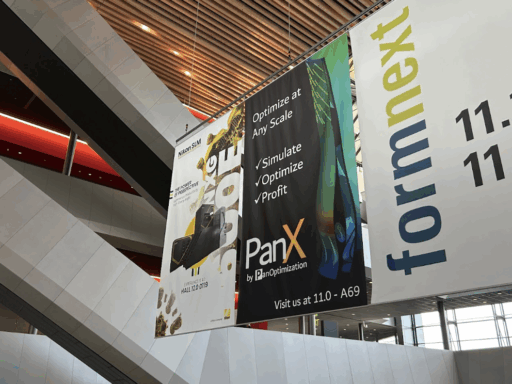The team at MIT’s Computer Science and Artificial Intelligence Laboratory (CSAIL) and the Hasso Plattner Institute have launched SustainaPrint, a brand new software and hardware toolkit promising to bridge the gap between sustainability and 3D printing.
Conventional 3D printing is often criticized for relying heavily on petroleum-based plastics, while environmentally-friendly alternatives fail to deliver in demanding applications. SustainaPrint is a compromise: by analyzing 3D models it predicts where objects will face the most stress and selects these zones to reinforce with stronger plastic. What remains outside those zones is printed with greener filament, minimizing overall plastic use without compromising performance.
“Our hope is that SustainaPrint can be used in industrial and distributed manufacturing settings one day, where local material stocks may vary in quality and composition,” said lead author of the project, MIT’s Maxine Perroni-Scharf. “The testing toolkit could help ensure the reliability of available filaments, while the software’s reinforcement strategy could reduce overall material consumption without sacrificing function.”
For their experiments, researchers 3D printed objects as diverse as beams or household items from wall hooks to plant pots. With just 20 percent reinforcement, hybrid prints regained up to 70 percent of the strength of fully high-performance versions. In several cases, they even outperformed objects made entirely from stronger plastic, due to improved stress distribution.
To boost broader adoption, the team created a DIY testing toolkit that helps to measure filament strength with accessible, straightforward tools. The next step is SustainaPrint’s release as open-source software, catering to users in both industrial and educational sectors.
According to co-author Patrick Baudisch, the Hasso Plattner Institute, the project tackles a critical challenge: “What is the point of collecting material for the purpose of recycling, when there is no plan to actually ever use that material? Maxine presents the missing link.”
SustainaPrint is set to be presented at the ACM Symposium on User Interface Software and Technology this September.






